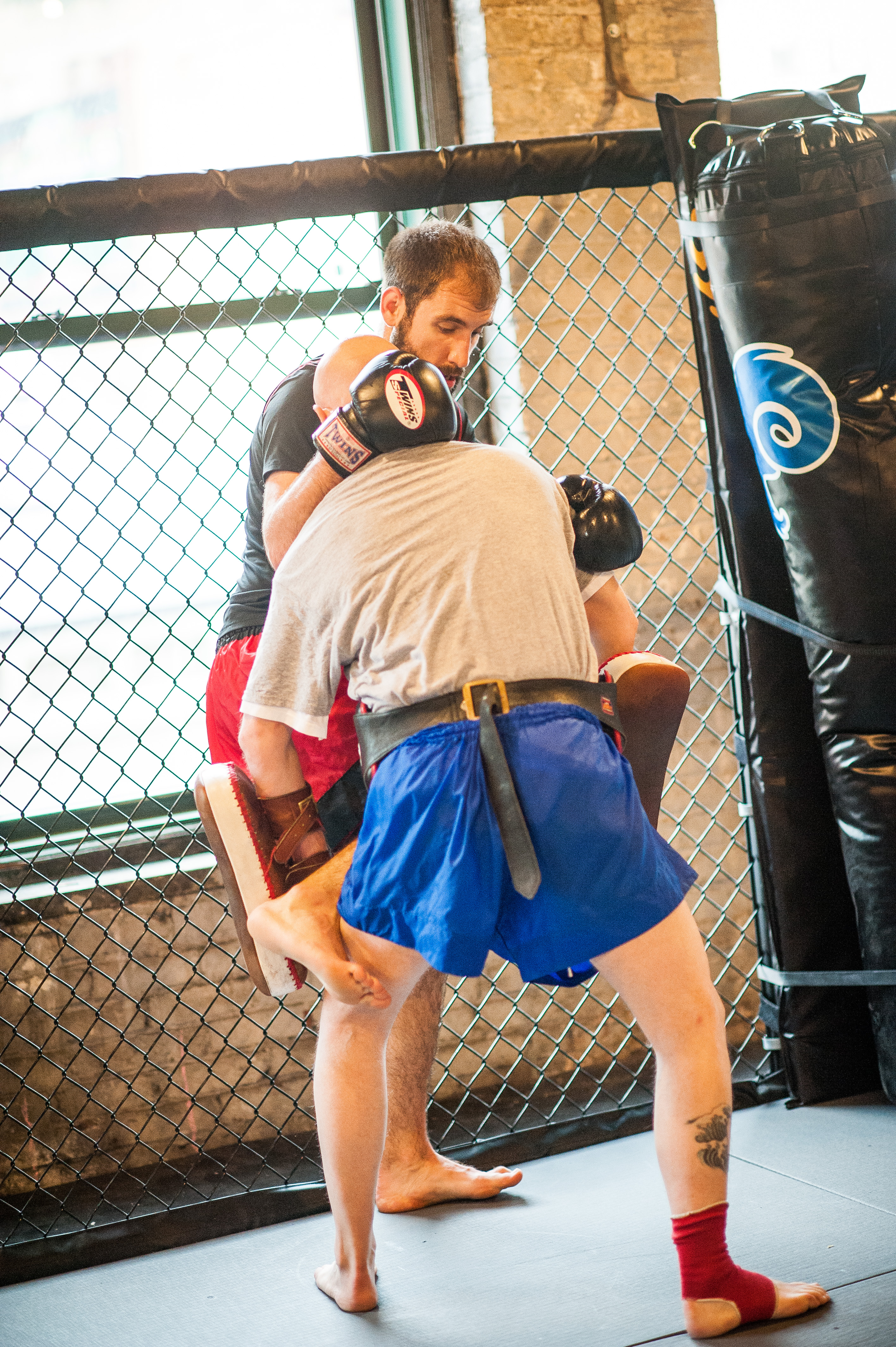
Interview with David Reese – Pittsburgh’s most experienced Muay Thai Trainer
David Reese Interview
1.) Q: I know you spent a lot of time in Thailand training and fighting. Do Thai’s and their society in general see Muay Thai as primarily a sport?
A: To Thais, thai boxing is a national treasure and their national sport. There is a nationalistic aspect to it. It is also a large business with gambling involved. Fighters are highly respected.
2.) Q: When you where a fighter Muay Thai was not as popular in the United States as it is now. What do you think has changed in Thailand and here since you where an active fighter?
A: Thais have opened up to forigners. This allowed other countries to learn some of the secrets, particularly of knees and elbows. Corruption in Thailand has increased. Techniques have not changed much in substance since the 40’s but certain techniques come in and out of fashion.
3.) Q: How many fights have you had in the ring?
A: 81 total. I started fighting when I was 17 years old.
4.) Q: What made your camp Chuwattana, different from other training places in Thailand, Europe, and the US?
A: They keep it very traditional and don’t let forigners in. The camp is owned by a prominent fight promotor. They have good trainers and take good care of fighters. It’s a fighters’ only place.
5.) Q: Many people see martial arts as a means of self defense. Do you think learning Muay Thai can help someone defend themselves?
A: Elbow techniques and the conditioning you get in Thai Boxing is really all you need in most empty hand self defense situations. I know this from direct personal experience.
6.) Q: I see everybody in your classes sweating a lot. What do you think makes Muay Thai a great workout. What physical benefits do you see your students gaining?
A: Cardio training in an interval type environment is what Mauy Thai consists of. Pad work is great conditioning because the pad holder can push the pace and force the student to work a little above his or her comfort level.
7.) Q: Some people love to spar and even have aspirations of fighting. Other people may just want to get in shape kickboxing and learn a little bit about a striking art. Are you able to accommodate beginners and advanced students as well as people with different goals in your program at Stout Training Pittsburgh?
A: I can accommodate any level from someone who want to get in shape and learn a little to someone who want to fight. It is the level of commitment that determines how I work with different students and what I expect from them. Everyone has different goals. I try to understand each student as an individual.
8.) Q: Your logo is very cool. What does it mean?
A: The three head elephant is called Erawan. It symbolized vigilance , and awareness looking in all directions. It is a patron saint of the special forces in Thailand. It is a protector figure. Pink is the Thai royal color. During holidays elephants are painted pink in honor of the royal family
9.) Q: What does the name Muay Thai mean? How does it translate?
A: Free boxing
10.) Q: How do you see the Muay Thai Style fitting Into today’s Mixed Martial Arts events such as UFC and Belator?
A: I see relatively few fighters using high level muay thai skills. I believe if mma fighters would spend more time with an experienced, knowledgeable coach training in pure Thai style striking they would be able to be very effective in the cage. They would be able to cause real damage with strikes.
11.) Q: What other martial arts have you studied and how does Muay Thai compare?
A: Western boxing, Kyokushin full contact karate which has incorporated many techniques from Muay Thai, WWII combatives which uses elbows extensively, Western boxing, Akido, Kendo, Brazilian Jiu Jitsu with Rickson Gracie…….The ones I like and believe to be the most effective have a lot of similarities to Muay Thai.
